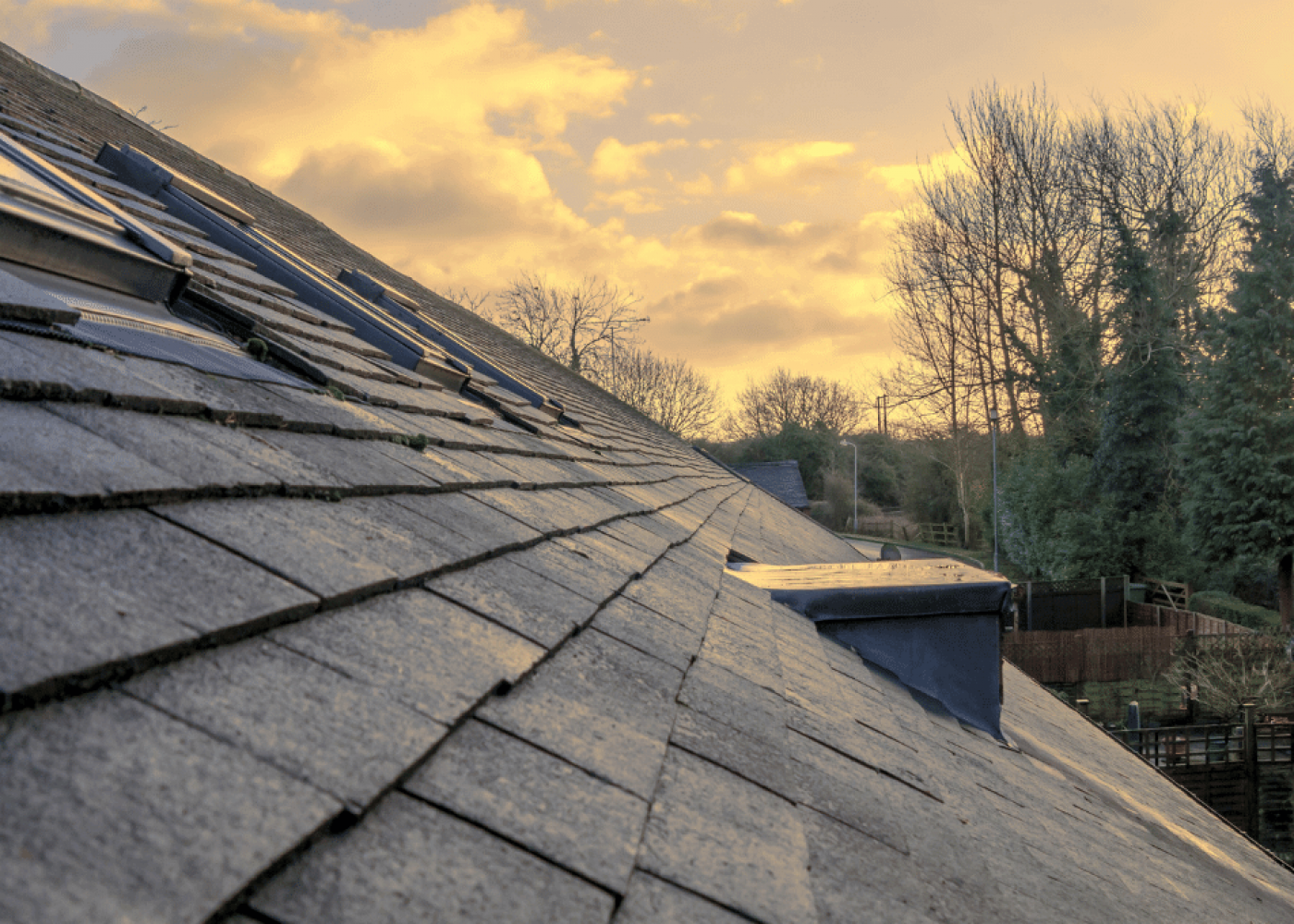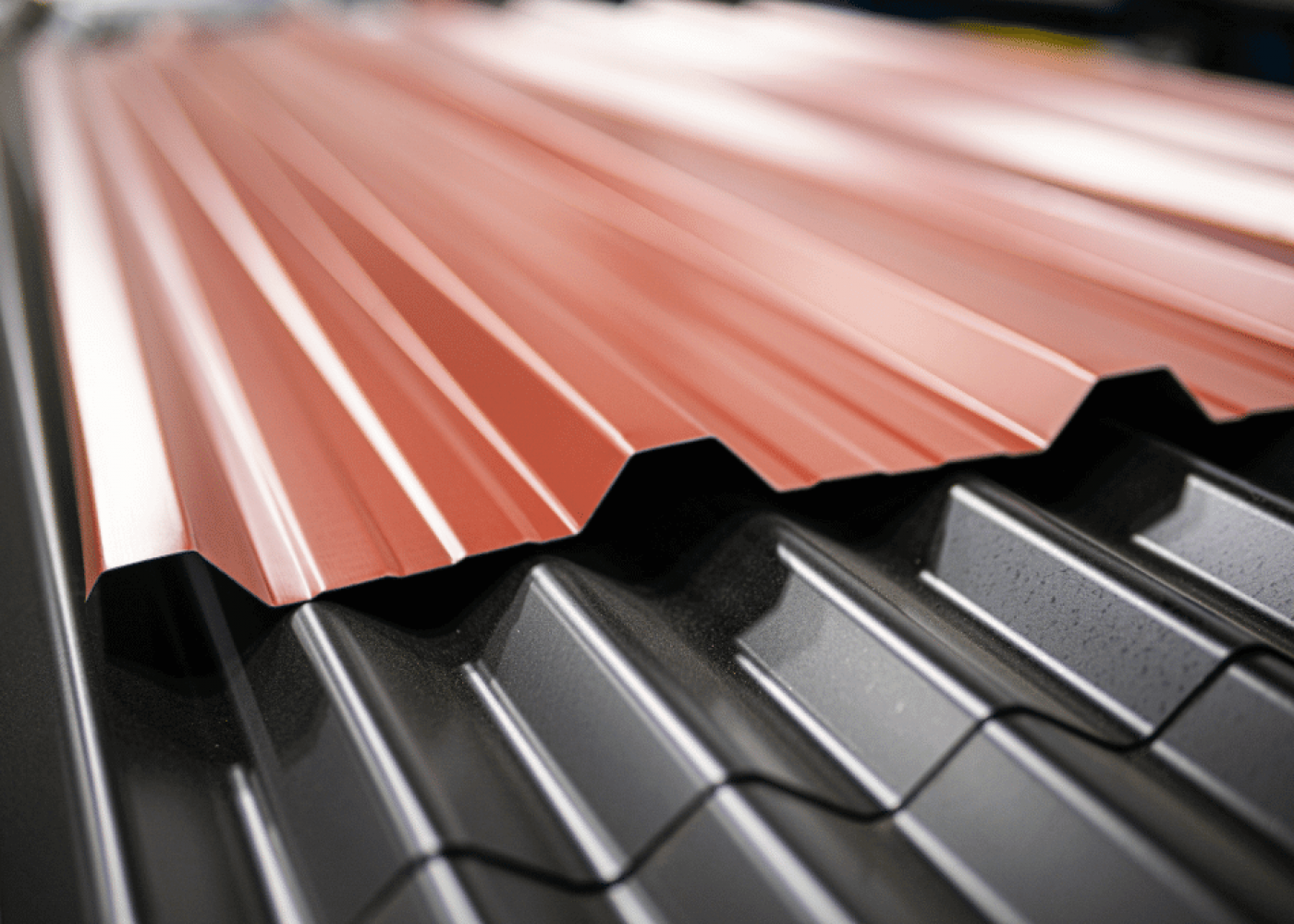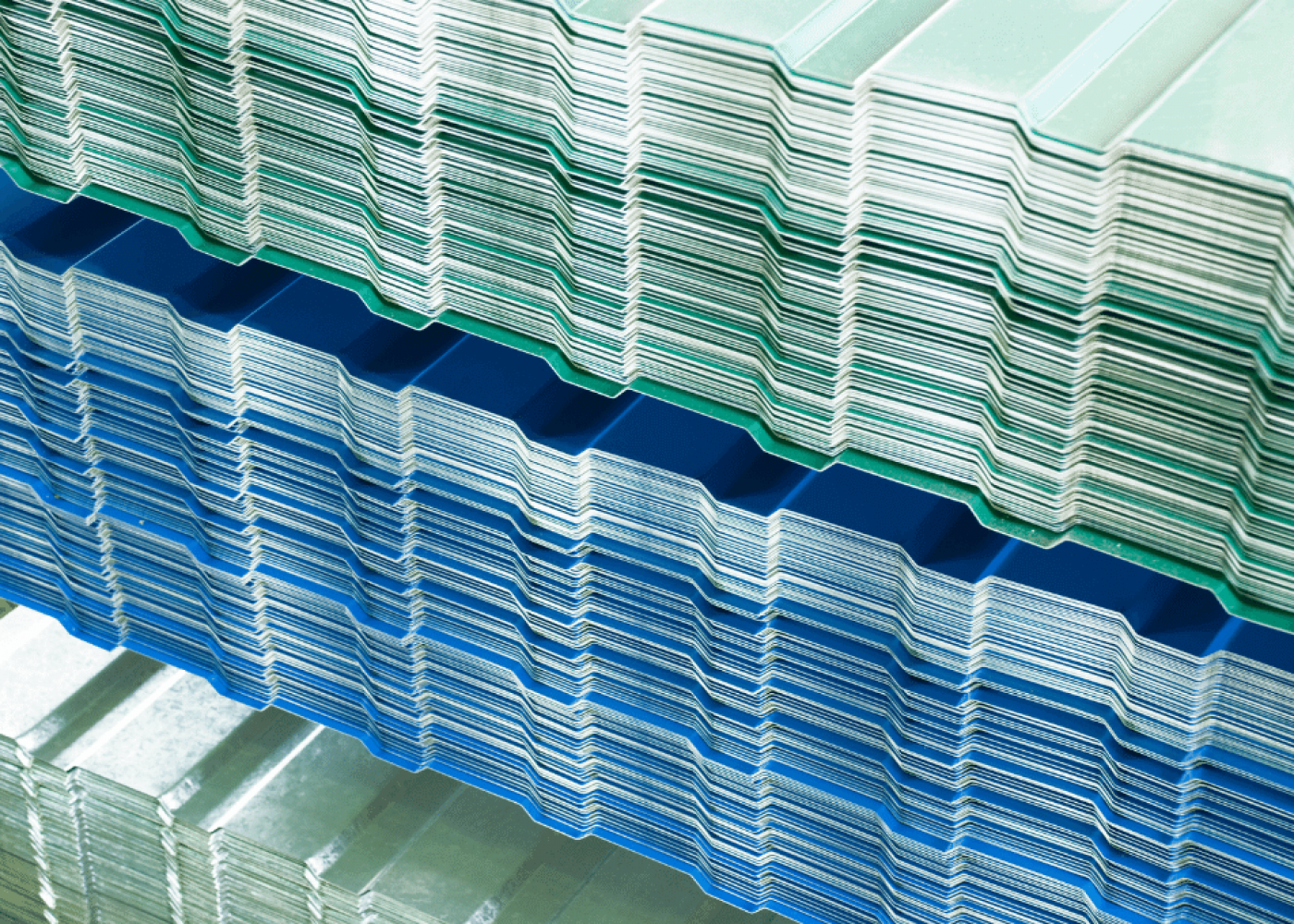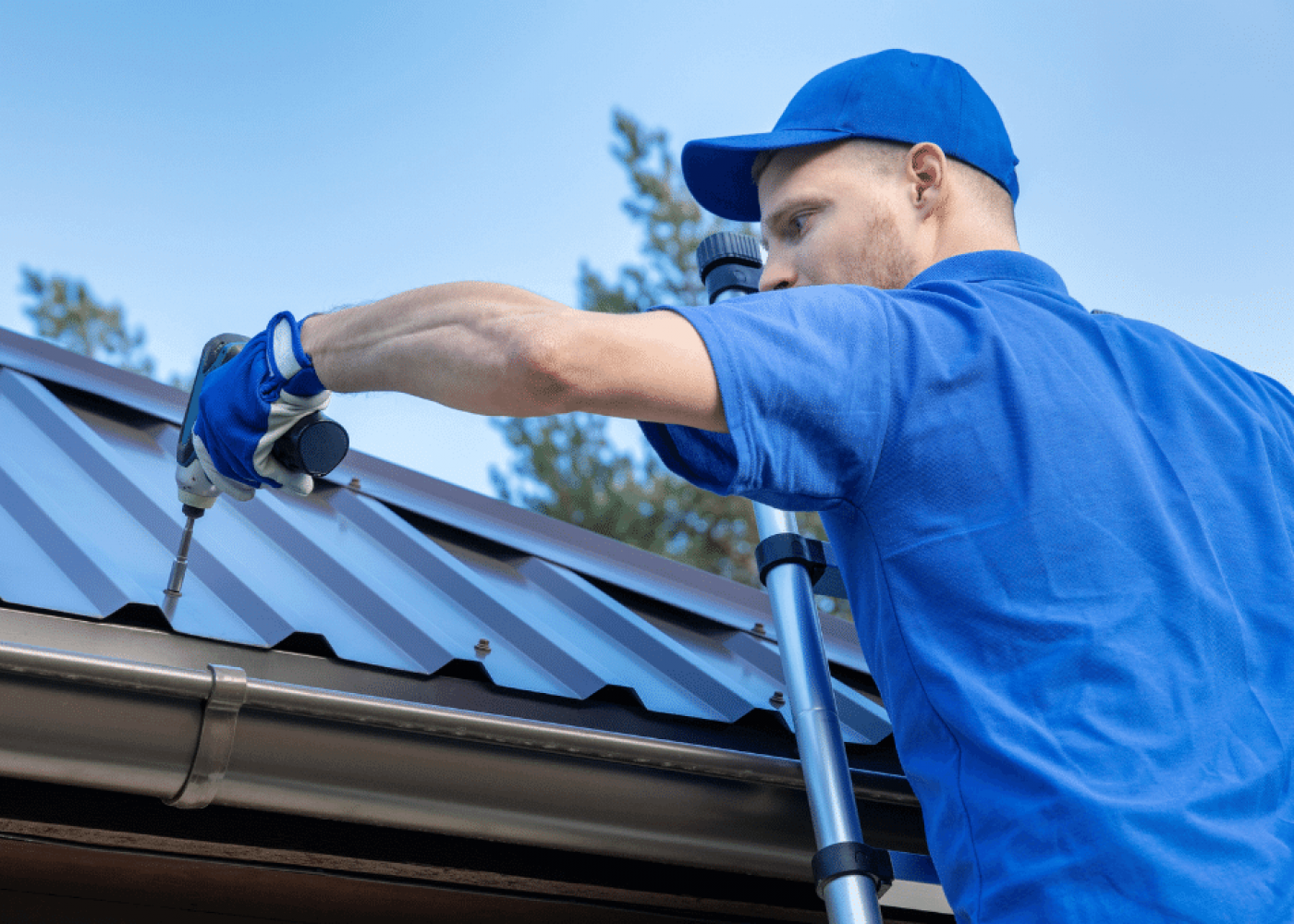- Metal flashings come in various shapes and sizes to fit roofing needs. They’re made from galvanised steel or aluminium and are often coated with a rubber or plastic membrane to keep out the weather. Metal flashings are solid and durable and can be used on sloped or flat roofs.
- Plastic flashings may be your best option if you’re looking for a flashing that’s easy to install and won’t rust. They come in various colours to match your roofing material and are flexible enough to fit any roof shape. Plastic flashings are also lightweight, making them easy to transport and install.
- Metal flashings are an excellent option if you’re looking for a flashing that will last for years without rusting. However, they can be more challenging to install than other flashings. Ensure you have the proper tools and experience to install metal flashings properly.
- Rubber flashings are another option for corrugated roofs. They’re flexible and can be easily moulded to fit any roof shape, making them a good choice for irregularly shaped roofs. Rubber flashings also seal well against water and weathering, making them a good choice for roofs exposed to the elements.
- If you’re looking for an affordable flashing option, aluminium flashings may be your best choice. They’re lightweight, easy to install, and come in various shapes and sizes to fit most roofing needs. However, they don’t seal as well as other materials against water and weathering, so they may not be the best choice for roofs exposed to the elements.
- EPDM rubber is an excellent flashing material because it’s flexible, durable, and resistant to weathering. It’s also affordable compared to other flashing materials like metal or plastic. EPDM rubber can be installed on both sloped and flat roofs, making it a versatile flashing option.
- TPO is a synthetic rubber material that’s becoming increasingly popular as a flashing material. It has many of the same properties as EPDM rubber, but it’s also white, which makes it more visible on the roof. TPO is UV-resistant, so it won’t fade or deteriorate over time.
- PVC is another popular flashing material, often used on corrugated roofs. PVC is a durable, weather-resistant, and affordable material used on sloped and flat roofs. It’s also easy to install, making it a good choice for a do-it-yourselfer.
When choosing a flashing for your roof, there are a variety of materials to choose from. Each material has advantages and disadvantages, so picking the right flashing for your needs is essential.
Summary
At Flashings and Fabrications, we manufacture high-quality roof edge flashings made from steel, with various coatings and colour options available. So, whether you’re looking for standard or bespoke flashings for corrugated roofs, we’re confident we can find the perfect solution for you.
We also supply other roofing flashings and fabrications, so please contact us if you require help picking the right product for your property. Our team of experts are ready and waiting to help!





